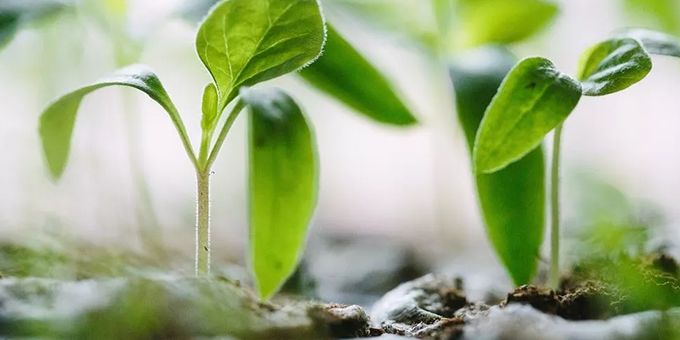Biostimulants are substances or micro-organisms, which, when applied to seeds, plants, rhizosphere in specific formulations, are capable of making changes in physiological processes in plants and benefit the plants by boosting growth and increasing nutrient content.
 The Use of Biostimulants for Enhancing Soil Nutrient Content
The Use of Biostimulants for Enhancing Soil Nutrient Content

Dr. Anuja Kenekar | Organica Biotech
In modern agriculture, chemical fertilizers are used to supply the soil with mineral nutrients. However, a significant amount of chemical fertilizer becomes unavailable to the crops due to physical, chemical and biological transformation. Thus, more fertilizers are utilized by farmers to compensate for the same. This leads to poor and unbalanced nutrient management in fields.
The extensive use of fertilizer always leaves residue in the soil. It is often washed from the agricultural land in the runoff and reaches the environment, causing water and air pollution. One of the best ways to reduce the intensive use of chemicals and improve yield is to enhance the bioavailable soil nutrient content using biostimulants.
Biostimulants can be understood as substances or organisms, which, when applied to seeds, plants, rhizosphere or growing substrates in specific formulations, are capable of making changes in physiological processes in plants. Under this process, biostimulants benefit the plants by boosting growth, increasing nutrient content and responding to stress positively.
A wide range of substances are used, out of which, four groups of biostimulants are well-known to affect soil nutrient content. It includes seaweed extract, amino acids, humic substances and plant-growth-promoting bacteria – PGPB. Various studies show PGPB as the most promising substance and thus it will be discussed in this blog.
Plant growth-promoting bacteria
PGPB are present in the soil or rhizosphere and promote the development and growth of the plant in multiple ways. They help in keeping pathogens at bay, enhancing plant nutrition and increasing yield. The bacteria is either inoculated onto the seed, broadcasted into the soil or mixed with carrier materials like compost, manure etc. to create a suitable environment.
Various studies in recent times have shown the beneficial effects of PGPB on the nutrient content of the soil. The uptake of a single nutrient or wide range of nutrients depends on the underlying mechanisms that govern the PGPB.
Different Mechanisms
Nitrogen fixation is one of the earliest known plant growth-promoting bacteria mechanisms. Nitrogen fixation helps plants assimilate nitrogen when free-living or symbiotic microbes convert atmospheric nitrogen into bioavailable form that can be taken up by plants.
Another variety of PGPB improves plant nutrition content and intake through P solubilization. The concentration of P is significant in soil but only a small amount of it is present in available forms. Moreover, non-soluble P is present in organic as well as inorganic forms. The microbial community is equipped with different ways to solubilize the non-soluble organic and inorganic P. They do so by producing copious amounts of organic acids and enzymes that convert unavailable phosphates into soluble or bioavailable form.
Increasing the availability of nutrients, helps in optimizing nutrient management and prevents addition of excessive nutrients. This is definitely a step towards adopting sustainable methods of farm management and can have a lot more beneficial effects in the long run.
Organica Biotech is one of the pioneers in developing sustainable solutions for agriculture. The Magic Gro range of products made with the help of microbiome enhancement technologies are natural and effective in nurturing soil microbiology. The bacterial community helps in securing nutrient in the soil as well. Plant growth-promoting bacteria can transform agriculture by supporting sustainable farming. It enhances soil nutrient content, increases productivity and negates the use of harmful chemical fertilizers.
The content & opinions in this article are the author’s and do not necessarily represent the views of AgriTechTomorrow
Comments (0)
This post does not have any comments. Be the first to leave a comment below.
Featured Product


